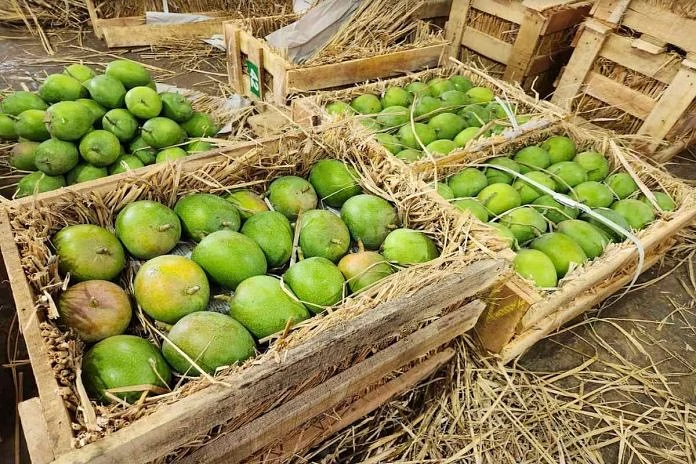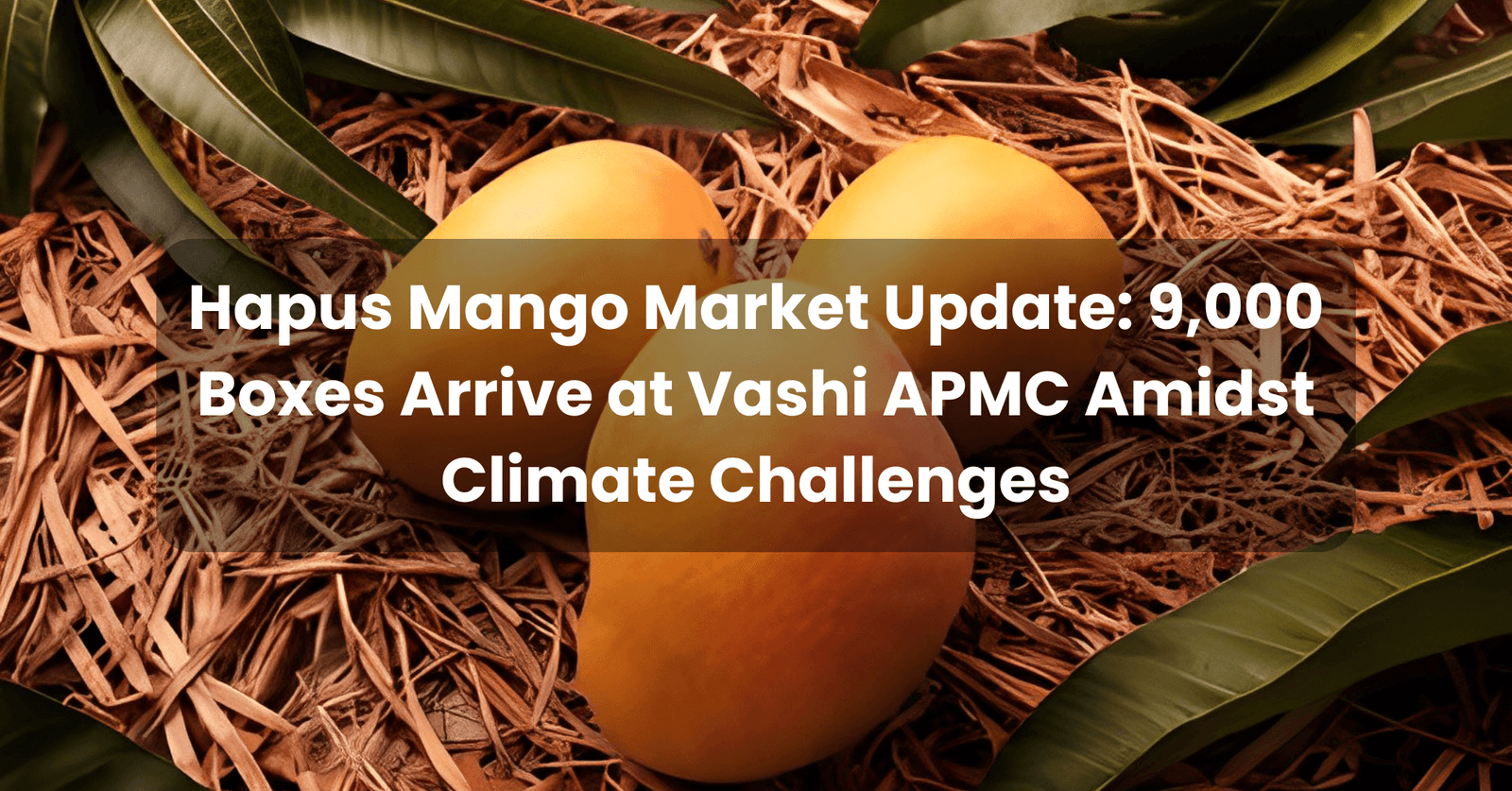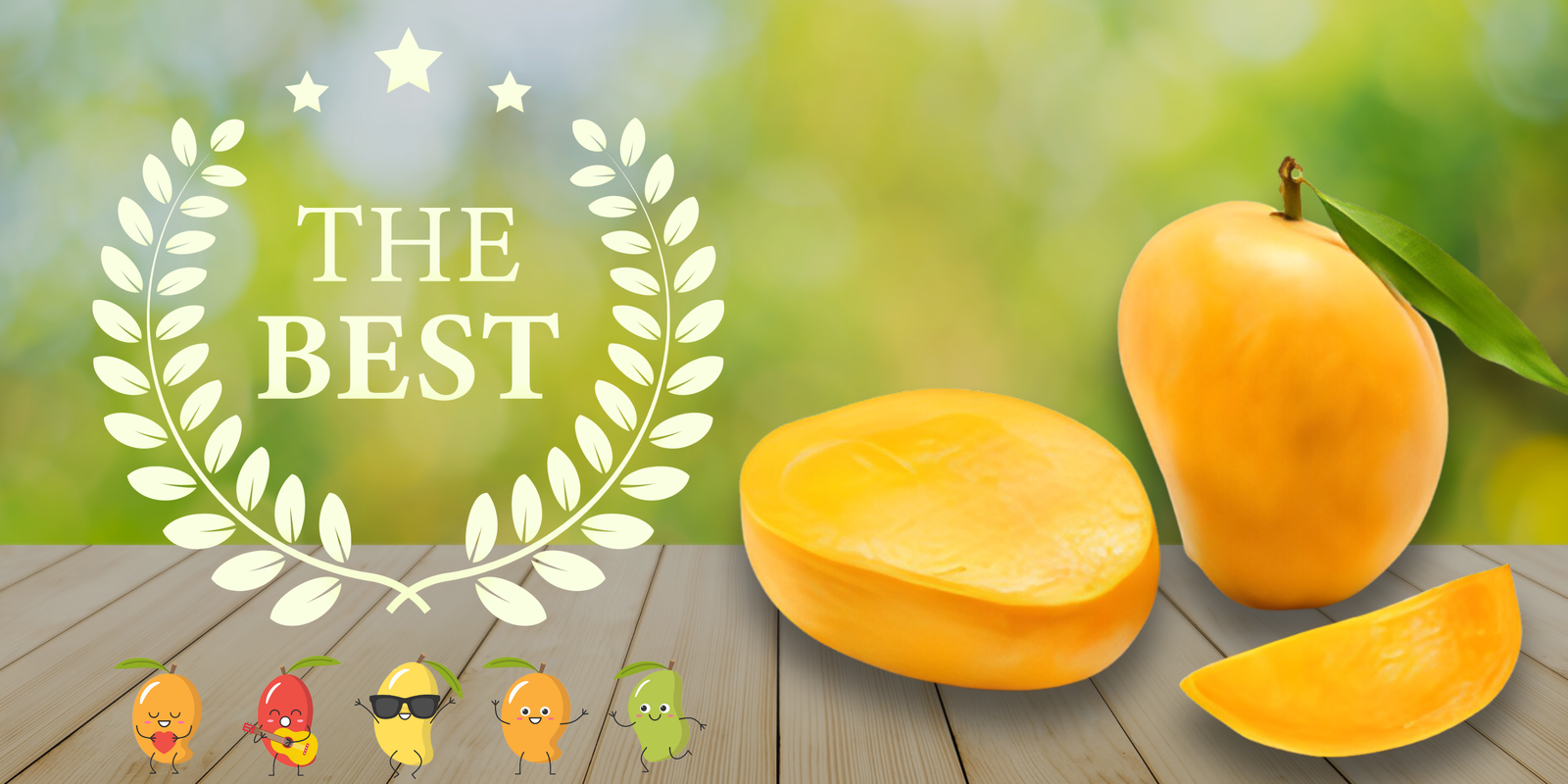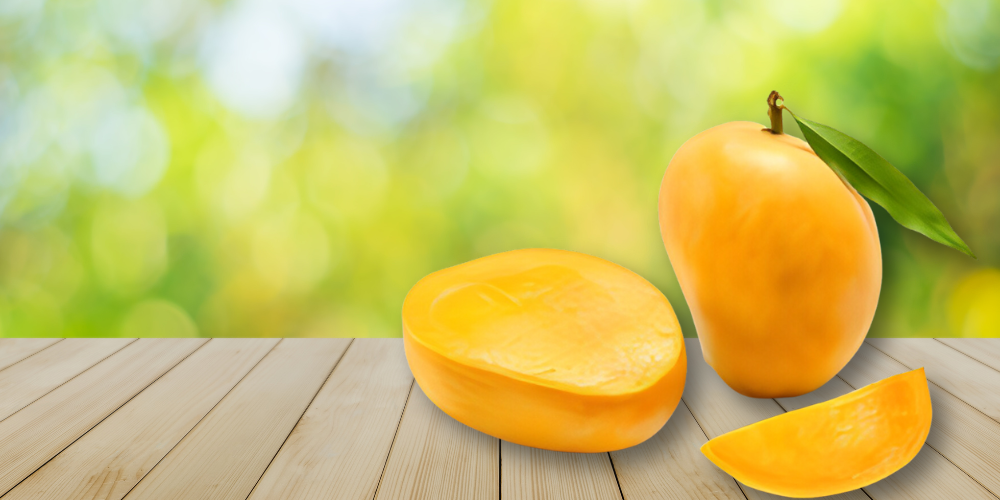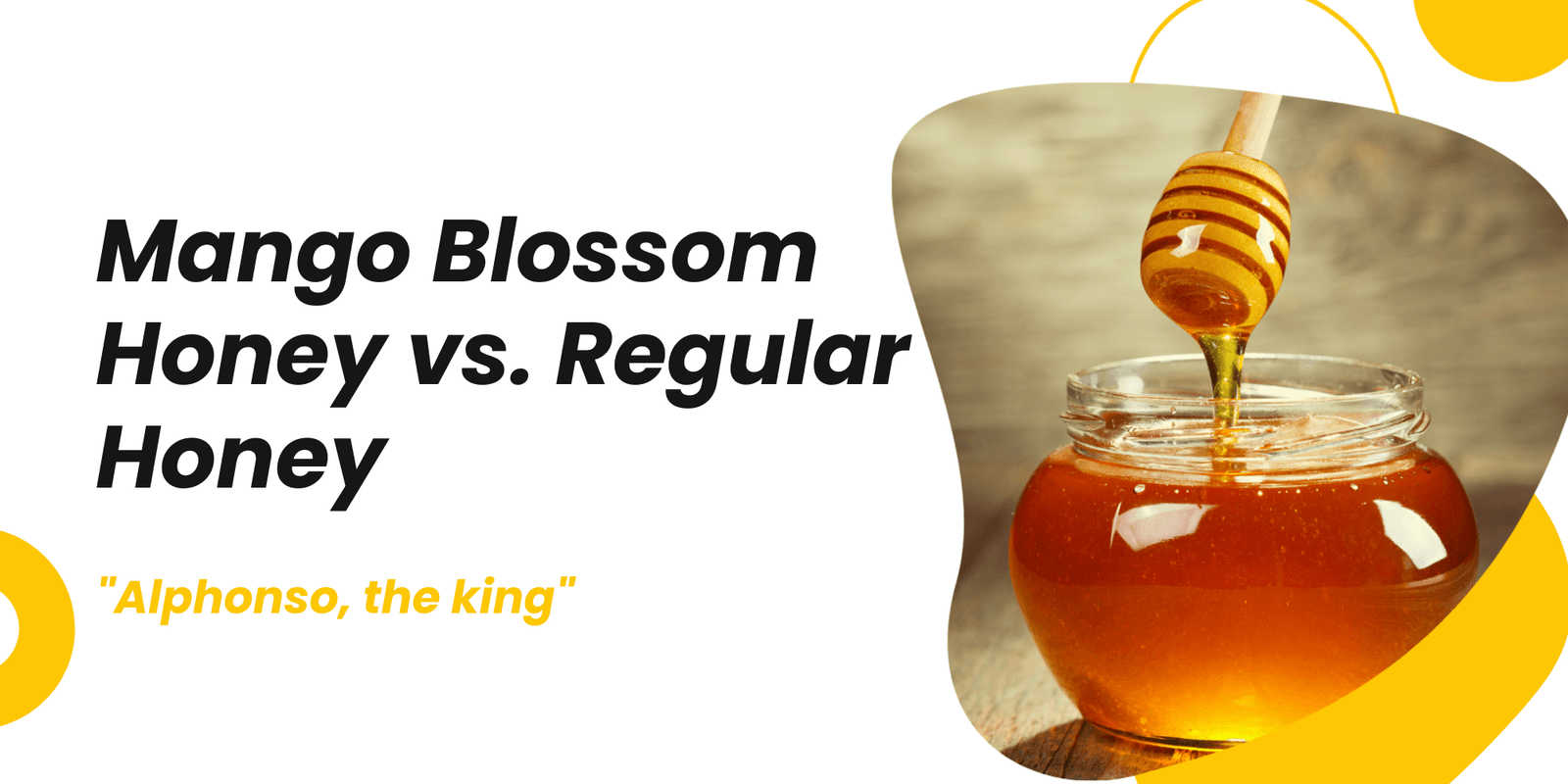
Quick takeaway
Mango blossom honey comes from nectar collected mainly from mango flowers. It tastes tropical and floral with a gentle saffron-like note, pairs brilliantly with desserts, and often carries a richer polyphenol profile than many blended “regular” honeys. Regular honey varies widely by region and season, so its flavor and nutrition swing more. Choose raw, lab-tested honey for the most benefits in either case.
What is mango blossom honey?
Bees forage on mango (Mangifera indica) blossoms during the short flowering window. When most nectar comes from mango trees, beekeepers harvest a monofloral lot called mango blossom honey. Because the source is focused, you get a consistent flavor and aroma that remind many people of Alphonso mango desserts—even though the honey does not taste like fruit juice.
Typical sensory profile
- Aroma: warm, tropical, floral; faint resin and spice notes
- Color: light amber to medium amber (varies with season)
- Taste: medium sweetness, low bitterness, a clean finish; hints of dried apricot or saffron
- Texture: smooth; crystallization can be fine-grained over time
What is “regular” honey?
“Regular” honey usually blends nectar from many flowers (multifloral). Large packers often standardize flavor and color across batches. Because the nectar mix shifts by location and season, the taste, aroma, and nutrients vary more than in monofloral honeys.
Common profile
- Aroma: mild to medium floral; sometimes grassy
- Color: very light to dark amber
- Taste: sweetness first; notes depend on dominant local flora
- Texture: crystallization speed depends on glucose/fructose ratio
Side-by-side comparison
| Feature | Mango Blossom (Monofloral) | Regular (Multifloral) |
|---|---|---|
| Nectar source | Primarily mango blossoms | Mixed seasonal flowers |
| Flavor | Tropical, floral, clean finish | Ranges from mild to robust |
| Aroma | Distinct, warm, slightly spicy | Varies; often milder |
| Antioxidants* | Often higher, more consistent | Variable by blend |
| Crystallization | Fine crystals over weeks/months | Unpredictable; depends on flora |
| Culinary pairing | Desserts, cheese boards, teas | Daily sweetener, marinades, baking |
*Antioxidant levels depend on flora, harvest, handling, and storage.
Flavor: where mango blossom honey shines
Mango blossom honey brings a clear, elegant flavor that doesn’t overpower. It lifts:
- Alphonso desserts: drizzle over aamras, shrikhand, cheesecakes, pancakes
- Cheese boards: burrata, fresh chèvre, mild gouda
- Tea and mocktails: works with ginger, lime, mint, or cardamom
- Breakfast bowls: yogurt, granola, chia puddings
Regular honey is the workhorse for marinades, baking, and everyday use. If a recipe needs a neutral sweetness, regular honey does the job. If you want a signature note, mango blossom honey adds character.
Nutrition and health basics
Both honeys provide simple sugars (mostly fructose and glucose), trace enzymes, minerals, and plant polyphenols. Raw, minimally processed honey retains more of these compounds.
- Antioxidants: Mango blossom honey often shows a robust polyphenol profile due to resinous mango flora. This supports general oxidative-stress defense.
- Glycemic impact: Honey is still sugar. Portion control matters. Many people find a teaspoon in tea satisfies a sweet craving better than refined sugar.
- Enzymes: Raw honey includes diastase and invertase, which degrade with heat. Gentle handling preserves them.
- Allergy caution: Never give honey to infants under 12 months. People with pollen allergies should introduce any honey slowly.
Good to know: Color is not a guarantee of quality. Some dark honeys are antioxidant-rich, others are simply caramelized by heat. Focus on source, raw handling, and purity tests.
Purity and authenticity: what to look for
Adulteration (syrups, over-filtration, excessive heating) can strip flavor and nutrition. Buy from producers who share test results.
Checklist
- Source transparency: region, bloom period, beekeeper or FPO details
- Raw / unheated claim: “minimally warmed” only for bottling flow
- Lab tests: HMF (heat marker), moisture, pollen spectrum (melissopalynology), NMR/LC-MS when available
- No added flavors: avoid “essence” in the ingredient list
- Crystal-friendly: natural crystallization is a good sign of raw honey
Storage tips
- Keep the lid tight; store in a cool, dark cupboard (not the fridge).
- If crystals form, place the jar in warm water (≤40 °C) and stir. Avoid microwaves.
- Use a dry spoon; moisture invites fermentation.
Which one should you choose?
- Choose mango blossom honey when you want a unique, premium flavor for desserts, cheese, teas, and gifting.
- Choose regular honey for everyday sweetening, marinades, and baking where subtle floral notes are less important.
- Choose raw and tested in both cases. Purity beats marketing claims.
Pairing ideas with Ratnagiri favorites
- Aamras upgrade: Whisk a teaspoon of mango blossom honey into chilled Alphonso pulp for a glossy finish.
- Cashew crunch: Drizzle over Ratnagiri flavored cashews for a quick dessert snack.
- Breakfast boost: Swirl into yogurt, top with freeze-dried Alphonso bits if you stock them.
FAQs
Is mango blossom honey the same as “mango honey”?
No. Mango blossom honey comes from mango flower nectar, not fruit juice. Ethical producers never add flavoring.
Does mango blossom honey taste like Alphonso pulp?
It echoes tropical notes but stays floral and light. Think perfume of mango orchards, not fruit purée.
Is raw honey better?
Raw honey usually retains more enzymes and aroma. However, raw or regular, purity and low-heat handling matter most.
Can diabetics use mango blossom honey?
Only with medical guidance. Honey still impacts blood sugar. Portion control is essential.
How do I confirm authenticity?
Look for lab results (pollen analysis, HMF, moisture) and clear origin info. Reputable sellers provide this on request.
The bottom line
Mango blossom honey brings a signature Konkan orchard note to your table. Regular honey offers everyday versatility. Pick based on flavor and use, but insist on raw, clean, and tested jars for real nutrition and taste.
Want authentic, naturally ripened Alphonso mango products to pair with your honey? Explore Ratnagiri Hapus Store for pulp, seasonal fruit, and premium snacking add-ons—delivered across India.

